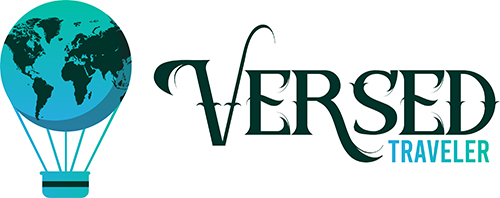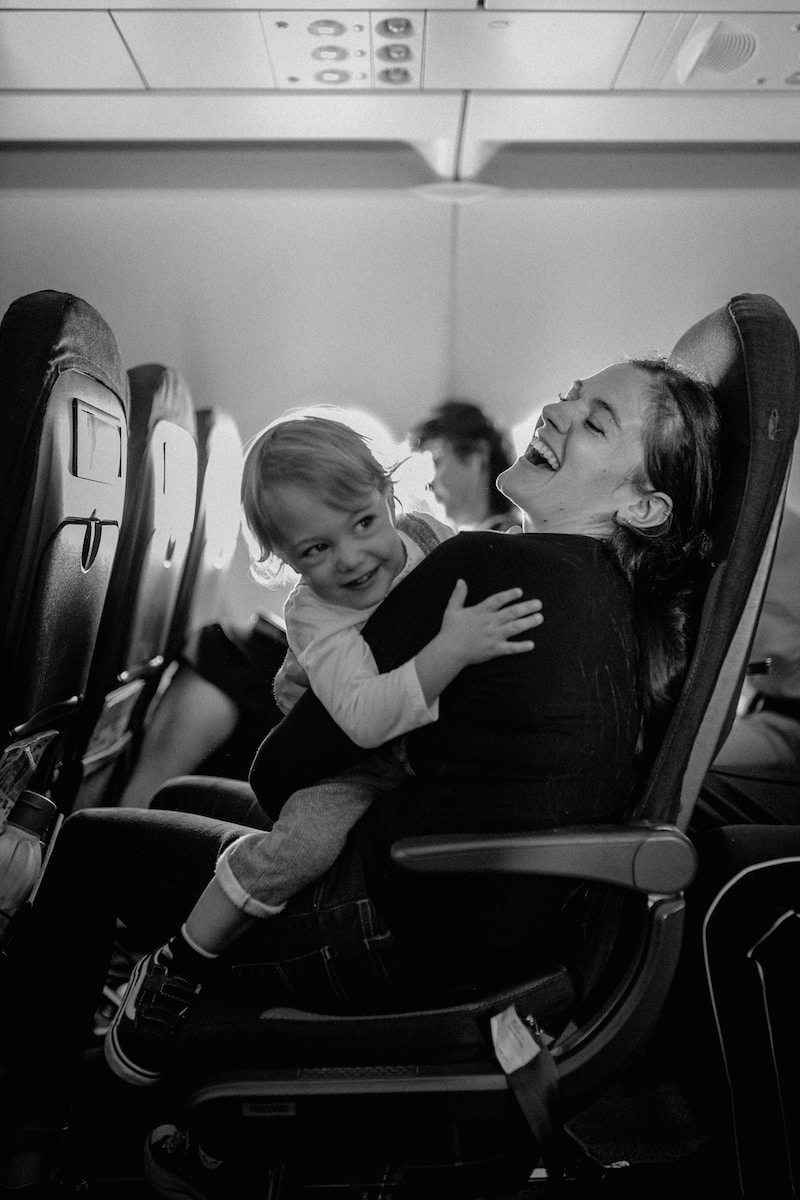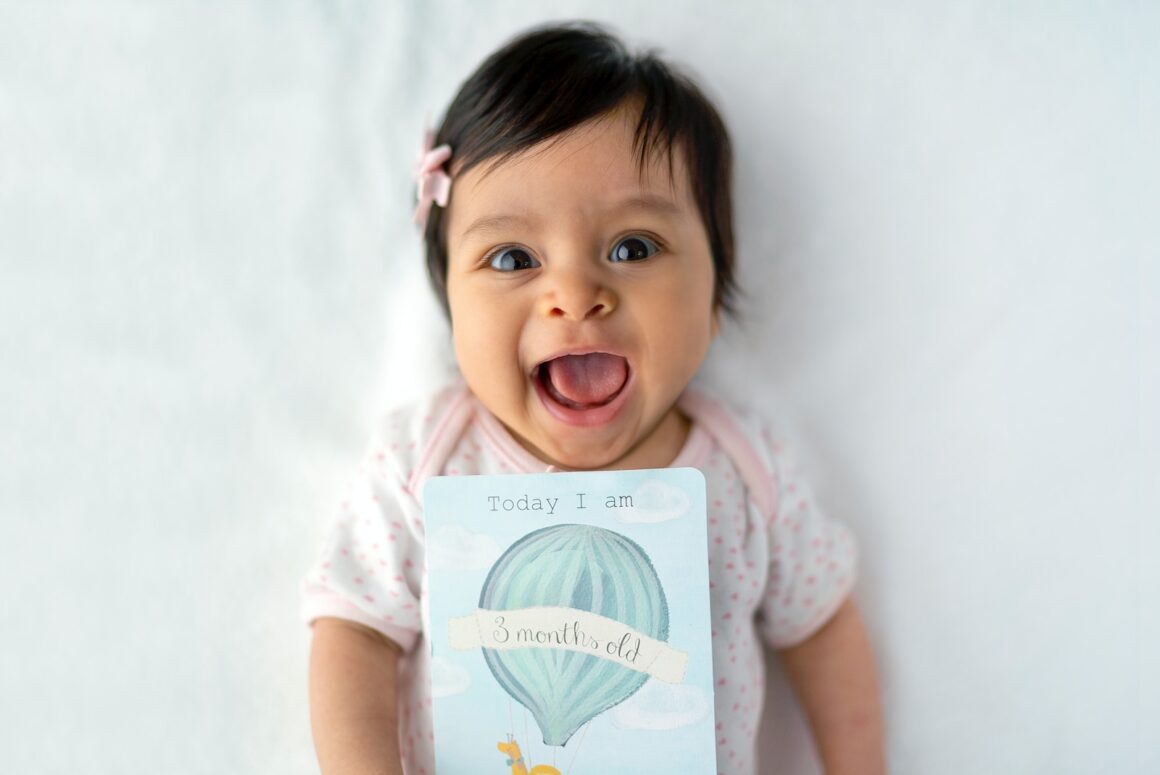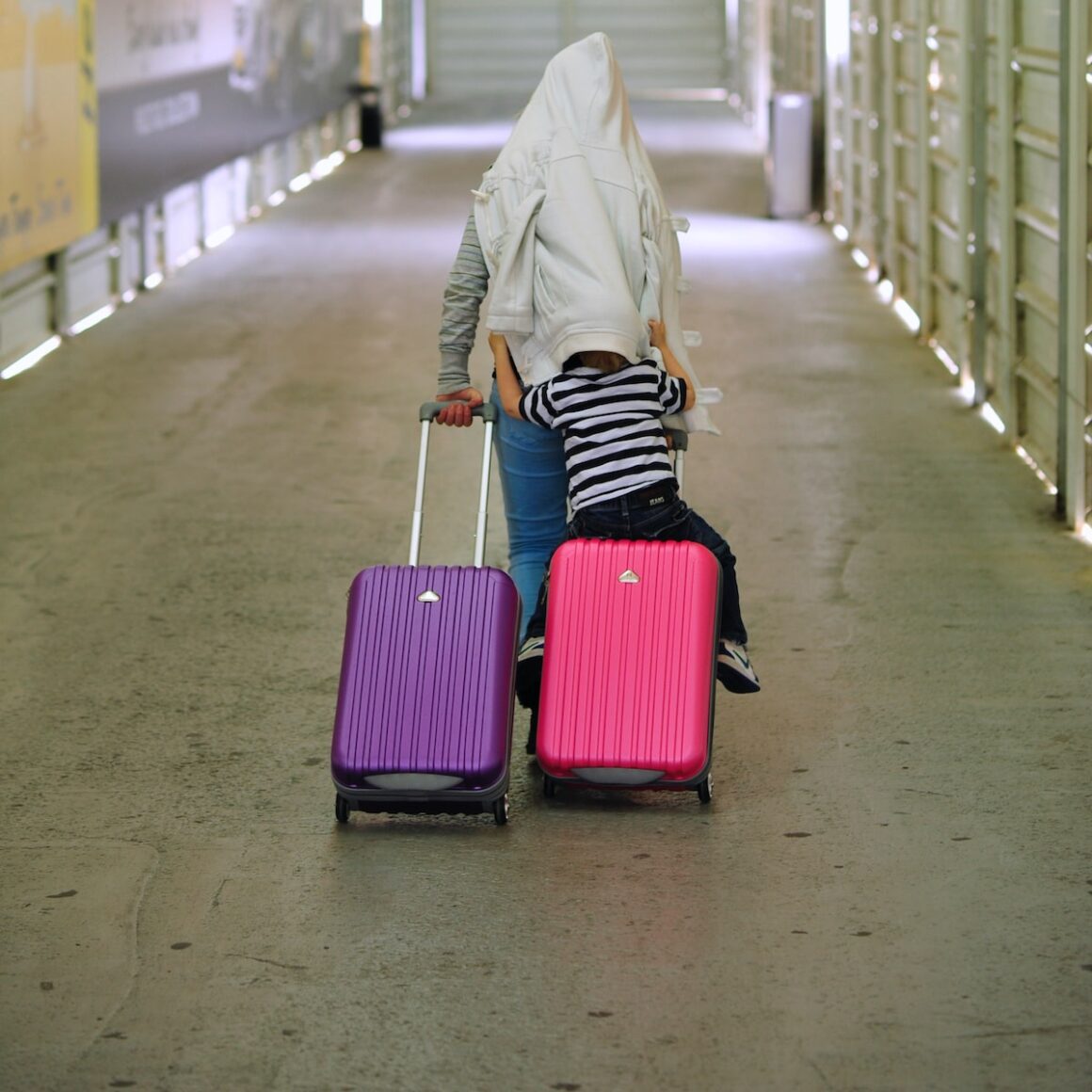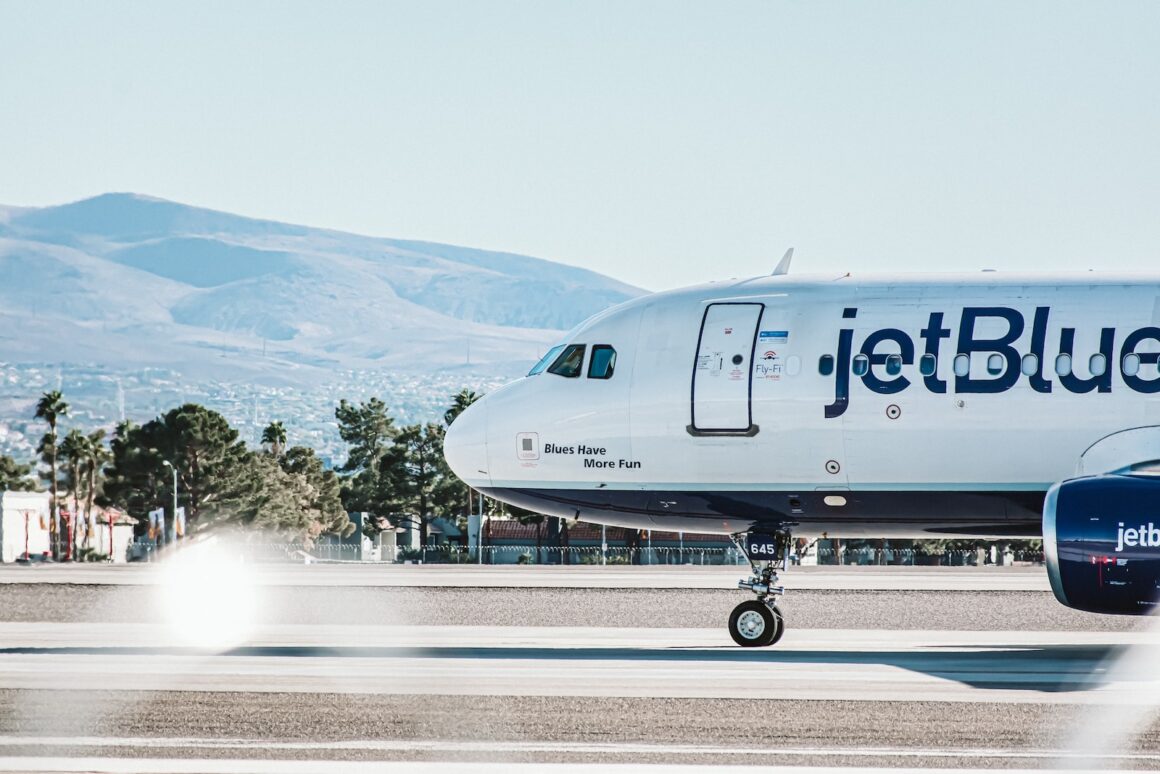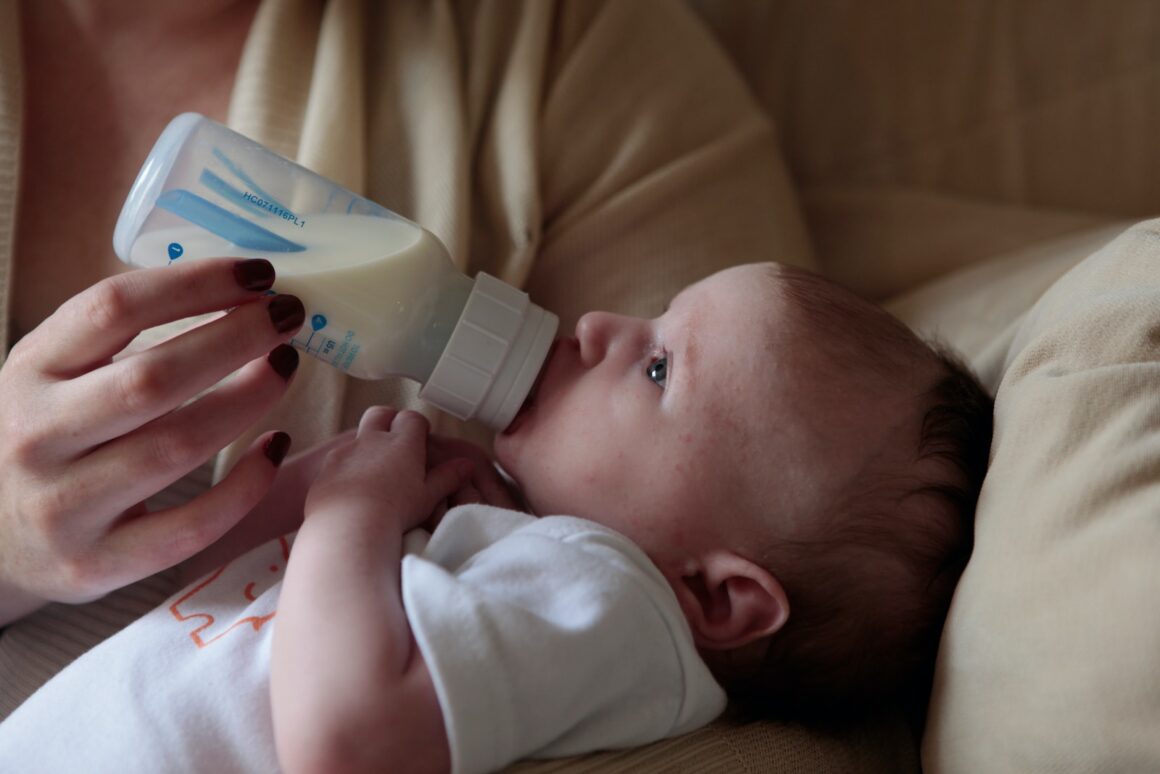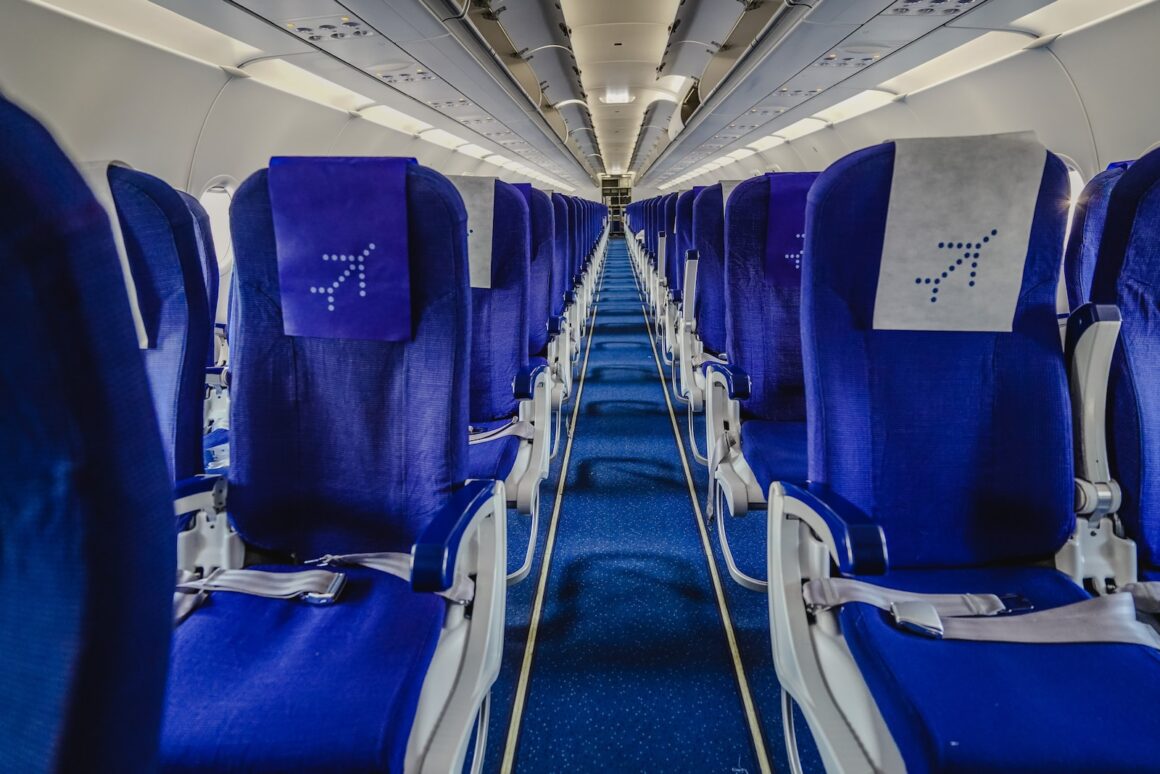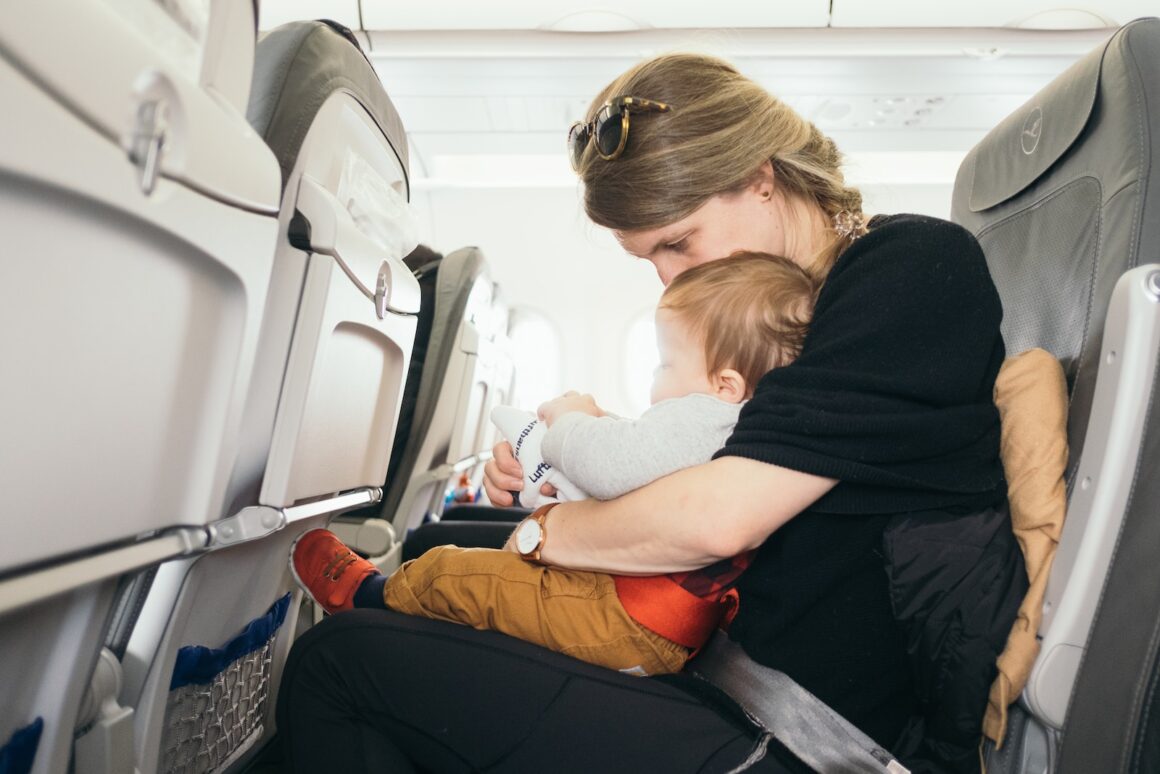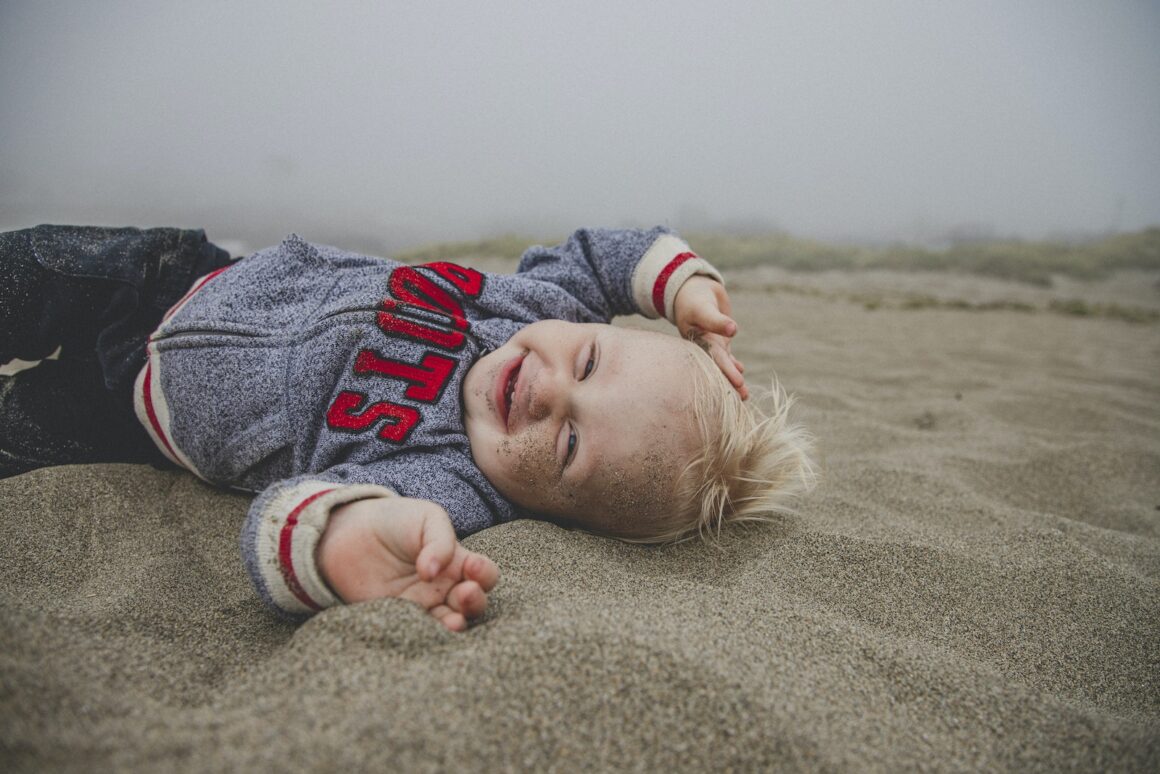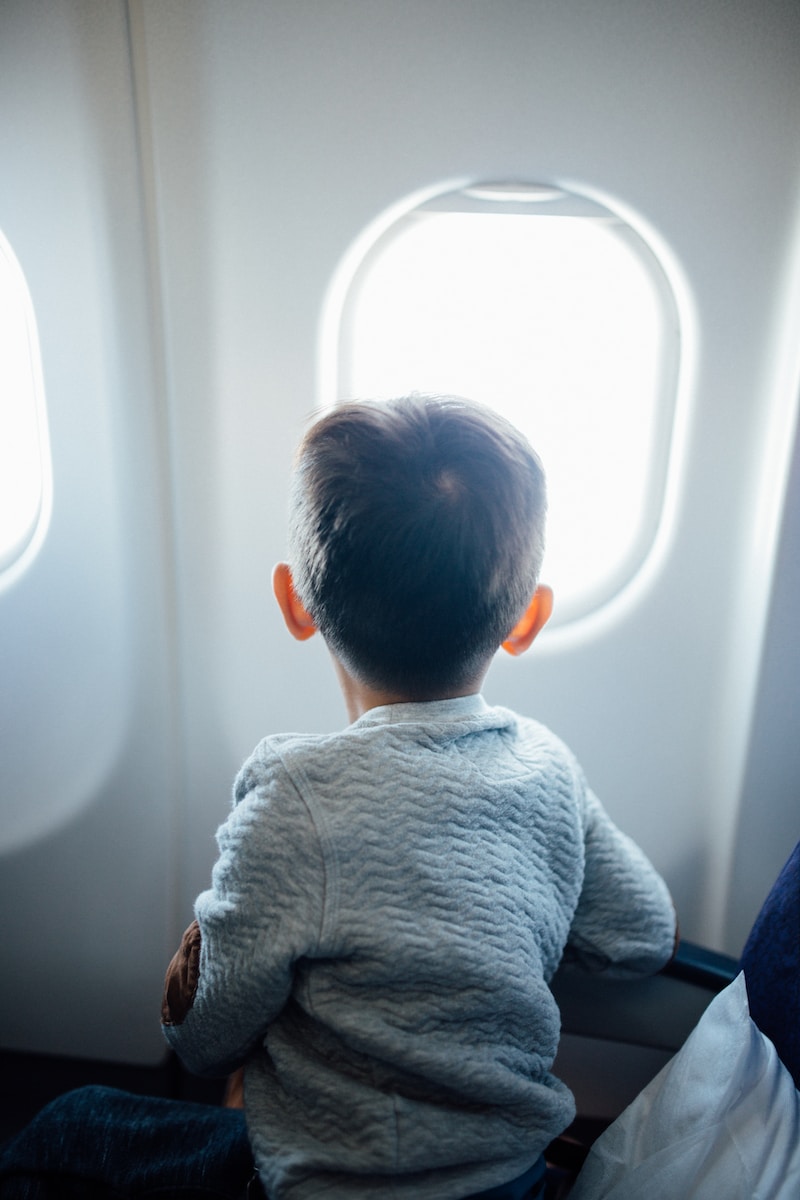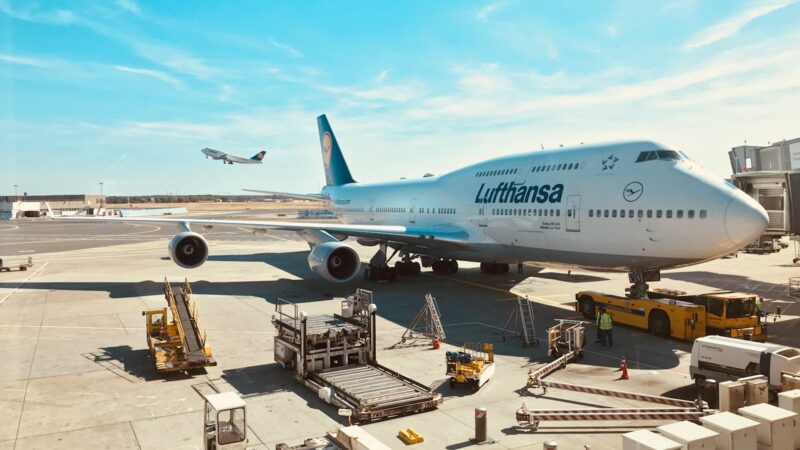Traveling with a baby can be a daunting task, especially for first-time parents. Deciding when and how to travel with a baby can be confusing and overwhelming. However, one of the easiest ways families can save money on domestic air travel with small children is by having a child fly as a “lap infant.”
While there is debate about the safety of this practice, most parents appreciate the savings — and small children often just want to be in their parent’s arms anyway. In this article, we will provide the rules you need to know regarding lap infants, along with general tips to make flying with a baby easier. This guide will help you navigate the world of air travel with a lap infant.
Check out this post to see how to reduce ear discomfort during flights. This is a must-read for parents traveling with small children!
Table of Contents
ToggleLap Infant Rules
The Magic Age is Strictly ‘Under 2’
To qualify as a lap infant, the child must be under 2 years old. The day the child turns 2, the free lap infant ticket goes out the window. If the trip spans the child’s second birthday, only the outbound flight will be free. On the return flight, the child will need to have a seat, and parents will be required to purchase a one-way ticket for their now-2-year-old child. However, British Airways will give a return seat at the same infant fare if the child turns 2 on the journey. If the child is going to turn 2 on the trip, parents should price out both one-way and round trip options as buying a one-way flight can sometimes be more expensive than a round trip.
Empty Seats and Lap Infants
If there is an unoccupied seat next to the parent traveling with the lap infant, the child can occupy that seat without having to pay for it. Parents should speak to the gate agents before boarding to ask if a passenger is sitting next to them. If the flight isn’t full, the gate agents might help find a new seat assignment with an empty seat next to it. Parents should bring their FAA-approved car seat to the gate in case they can get access to an empty seat to use it. If they can’t get access to an empty seat to use it, they can always gate-check the car seat for no fee, and it will be waiting for them when they land.
Luggage Allowance for Lap Infants
Infants flying on paid tickets get the same baggage allowance as adults on paid tickets, but that’s not the case when the under-2-year-old child is flying for free on the parent’s lap. Children not occupying a paid seat are not given a checked baggage allowance on most U.S. domestic airlines. Their luggage will be checked with the child’s parents’ luggage and will be subject to any extra baggage fees charged by the airline. Families can check car seats, usually without an added cost. Also, strollers can come on board or be gate-checked, depending on size, for no additional fee; they won’t count against the baggage allowance regardless of whether the child is flying as a lap infant or on a paid fare. For carry-on bags, most airlines will allow parents to bring a diaper bag on board in addition to the airline’s regular carry-on allowance.
Traveling with More than One Lap Infant
The strict rule is one lap infant per adult. If a solo adult is flying with two or more children under the age of 2, they must purchase a ticket for one of them. Two adults traveling together (or even an older teen with an adult) can have two lap infants with them. However, parents shouldn’t be surprised if the flight attendant tells them that they cannot sit next to each other in the same row. Most aircraft only permit one lap infant per row due to the limited number of oxygen masks. Lap infants are also not allowed in emergency exit rows or the rows directly in front of or behind the exit rows. On some aircraft, there are additional rows that do not permit lap infants. If parents are flying with an infant and the aircraft includes bassinets, they should book that row if they can. Typically, they’ll find bassinets on international flights, but they might also be available on domestic flights with internationally configured aircraft.
Lap Infant Fares on International Flights
Most international flights allow children under 2 to fly as lap infants, but with one big difference — it’s usually not 100% free. Typically, parents must pay the taxes and fees for their lap infant. Additionally, most airlines will charge parents 10% of the adult fare on an international ticket, or in the case of British Airways, 10% of the miles redeemed plus taxes and fees. Parents should add their child as a lap infant at the lowest price they see, which may well be when they first book their ticket. If you are planning on flying with a lap infant to somewhere relatively close, like Mexico or the Caribbean, you should consider JetBlue, Southwest, or Alaska. Those airlines don’t charge a percentage of the adult fare for lap infants flying internationally — just taxes.
Tips for Flying with a Baby
Flying with a baby can be a daunting task, but with some preparation, it can be a smooth and enjoyable experience. Here are some useful tips to make your flight with a baby as stress-free as possible.
Bring Identification
It is essential to bring identification for your baby, such as a birth certificate, passport, or immunization records. Most airlines require proof of age for lap infants, and some airlines like Southwest Airlines ask for proof of age for everyone, even newborns. It is smart to carry a copy of the documentation in your luggage or save a picture of it on your phone to avoid any issues.
Time Flights with Your Baby’s Sleep Patterns
Babies sleep a lot, and it is best to book flights coinciding with their sleep schedules. For longer flights, it is advisable to choose a flight close to their bedtime or an overnight red-eye to increase the chances of them sleeping for a large part of the journey. For shorter day flights, try to schedule the flight during your baby’s customary nap time. However, an overtired baby can resist falling asleep, so it is best to choose a flight that suits your baby’s needs.
Change Diapers Before Boarding
It is wise to do a quick diaper change before boarding to reduce the number of changes you’ll have to do in-flight. Changing diapers in a cramped airplane bathroom can be challenging, and there is also the possibility of being delayed on the tarmac.
Feed During Takeoff and Landing
During takeoff and landing, babies can experience discomfort due to the pressure changes in the cabin. Feeding them during this time can help relieve the pressure because the sucking motion they make will help equalize their ears. It is advisable to nurse or feed your baby during takeoff and landing to ease the discomfort.
Pack Extra Earplugs
Sometimes, despite your best efforts, a baby will cry on a plane. You can help make it a little less painful for those around you by bringing and handing out extra earplugs. Some parents choose to make small goodie bags as a friendly gesture towards other passengers in the hope of gaining sympathy and understanding. However, it is entirely optional.
Figure Out Seating Arrangements Beforehand
Before boarding, it is essential to plan and figure out the most comfortable way for your baby to sit. Consider where your child is most comfortable, whether they prefer to snuggle up to a human or are more relaxed in a car seat. It is crucial to remember that you’ll need to book an airplane seat for your child if you want to guarantee you can put that child in a car seat next to you.
It is also a good idea to check with the airline about their policies regarding infant baggage, diaper bags, baby formula, and approved child restraint systems to ensure a safe and comfortable flight for you and your baby.
Minimum Age to Fly
The minimum age to fly can vary depending on the airline. Some airlines allow babies to fly the same day they are born, while others require the baby to be at least a week or two old. Additionally, some airlines may require a doctor’s note before allowing the youngest passengers to fly.
While there may be different requirements set by airlines or doctors, it is generally recommended that parents wait until their baby is at least two to three months old before flying. This is because, by this time, the baby would have received vaccinations, which can provide some protection against illnesses that may be contracted during the flight.
However, there may be situations where flying with a newborn is unavoidable, such as after an adoption or for work or family reasons. In such cases, parents are advised to consider their child’s immunization status when making travel plans and to wait until the baby has received at least some immunizations, if possible.
It is important to note that airlines may require proof of age for infants, such as a birth certificate, and may have age restrictions for lap infants. Parents should check with their airline for specific requirements and restrictions before booking their flights.
Bottom Line
Flying with a lap infant can be a cost-saving option for parents. Most airlines allow children under 2 years old to fly as lap infants, which means they do not have their own seats. This option can be more comfortable for babies, especially if the mother is nursing. However, the decision to buy a seat for the child is ultimately up to the parents. As babies grow, they may become lap toddlers, and the equation may shift.
It is important to note that while lap infants may not have their own seats, parents are still required to pay taxes and fees for the child. Some airlines may also charge a percentage of the fare. It is recommended to check with the airline before making a reservation.
The Federal Aviation Administration (FAA) recommends that children under 40 pounds be secured in a child restraint system during takeoff, landing, and turbulence. The Transportation Security Administration (TSA) also has guidelines for screening lap infants and their belongings.
Partner airlines, such as Southwest Airlines, may have different policies regarding lap infants, so it is important to check with the specific airline before booking. First-class passengers may also have different policies regarding lap infants.
Flying with a lap infant can be a cost-saving option for parents, but it is important to consider the child’s safety and comfort during the flight.
Frequently Asked Questions / TLDR
What are the requirements for flying with a baby domestically?
When flying with a baby domestically, parents should be aware of the airline’s policies regarding infant travel. Most airlines allow infants under the age of two to travel for free as a lap child. However, parents should be prepared to show proof of age, such as a birth certificate, if requested by the airline. Additionally, parents should bring essential items for the baby, such as diapers, formula, and a change of clothes.
Do infants fly free internationally?
The policies for infant travel on international flights vary by airline and destination. Some airlines may charge a fee for lap infants, while others may require parents to purchase a separate seat for their baby. Parents should check with the airline before booking to determine the specific policies and fees for international infant travel.
Is it safe to fly with a lap infant?
While flying with a lap infant is generally safe, parents should be aware of the potential risks. In turbulence or an emergency, a lap infant may not be as secure as an infant in a car seat. The Federal Aviation Administration (FAA) recommends that infants under two travel on airplanes in an approved child restraint system (CRS) or device, such as a car seat.
How can parents sleep on a plane with a lap baby?
Sleeping on a plane with a lap baby can be challenging, but some strategies can help. Parents can try to schedule their flight during the baby’s nap time or bedtime to increase the chances of the baby sleeping during the flight. Additionally, parents can bring a travel pillow or blanket to make themselves more comfortable while holding the baby. Some airlines also offer bassinets or infant seats for use during the flight.
Click to see our unbiased reviews of the top travel pillows on the market.
